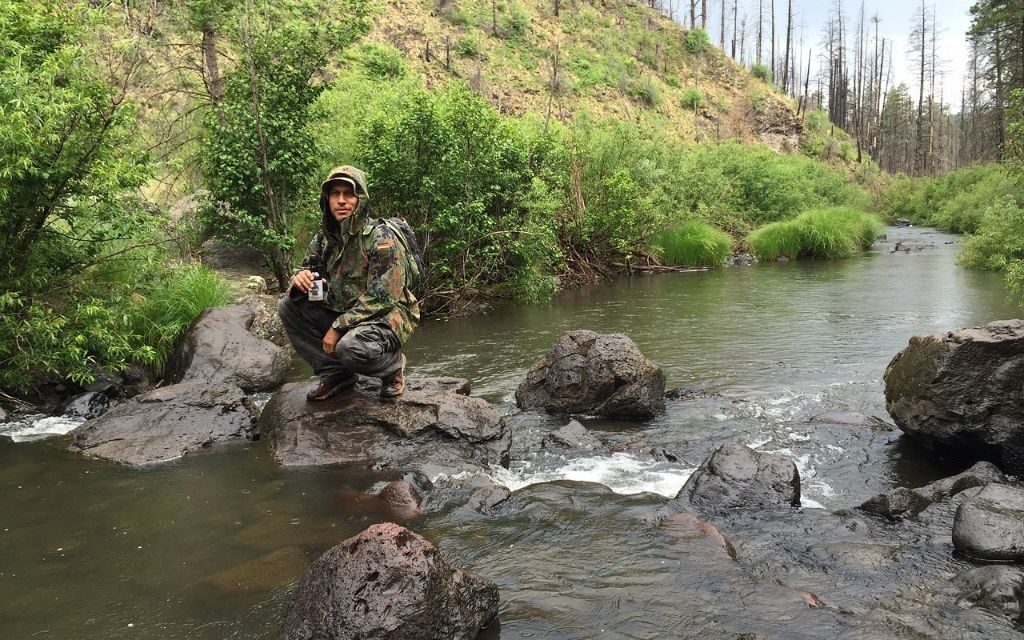The Critical Role of Survival Training
Embarking on a journey into the realm of survival training is not merely about learning skills; it’s about embracing a mindset of resilience, adaptability, and self-reliance. In this comprehensive guide, we explore the multifaceted world of survival training, an invaluable discipline that extends far beyond the boundaries of traditional outdoor activities. Whether you’re an avid adventurer, a concerned citizen preparing for uncertainties, or someone passionate about self-sufficiency, understanding the fundamentals of survival training is crucial.
Survival training encompasses a broad spectrum of skills – from basic wilderness survival techniques to advanced strategies for thriving in extreme conditions. Our aim is to provide an engaging, in-depth exploration of these skills, integrating expert insights and the latest research in the field. This guide is tailored to resonate with a diverse audience, offering valuable knowledge for both novices and seasoned survival enthusiasts.
Throughout this article, we will delve into the significance of survival training in various scenarios, including wilderness exploration, emergency preparedness, and urban survival. By unpacking the essential skills and strategies taught in survival training, we will equip you with the knowledge to confidently handle unexpected situations, enhance your outdoor experiences, and foster a profound connection with the natural world.
Detailed Insights into Survival Training
Foundational Survival Skills
Survival training begins with mastering the basics. Here’s what you need to know:
- Basic Wilderness Survival: Learn the core principles of surviving in the wild. This includes building shelters, finding and purifying water, starting fires, and basic navigation skills.
- Foraging and Hunting: Understanding how to identify edible plants, track, and hunt animals, and fish are critical skills for wilderness sustenance.
- First Aid and Self-Care: Crucial for managing injuries and health issues in environments where medical help may not be readily available.
Advanced Survival Techniques
For those looking to deepen their survival knowledge:
- Extreme Weather Survival: Skills specific to surviving in harsh environments, such as deserts, arctic conditions, or tropical settings.
- Urban Survival: Strategies for surviving in urban settings during disasters, including finding resources in a city and self-defense.
Expert Insights and Modern Strategies
Expert perspectives and modern research enrich survival training:
- Mental Resilience: Mental toughness and psychological preparedness are as essential as physical skills in survival situations.
- Technological Tools: Utilizing modern tools like GPS devices, emergency communication tech, and advanced first aid supplies.
- Survival Fitness: Physical fitness tailored to survival, focusing on strength, endurance, and agility, vital for demanding situations.
Training and Practice
Effective survival training involves more than theoretical knowledge:
- Hands-On Training: Participating in survival courses, workshops, and outdoor expeditions provides practical experience.
- Continuous Learning: Keeping up-to-date with the latest survival techniques and strategies, such as those found on authoritative resources like [Survivalist.com](https://www.survivalist.com/).
Next, we will summarize the key takeaways from this guide and discuss how to integrate these skills into your life effectively.
Summary and Essential Takeaways: Integrating Survival Training into Your Life
Consolidating Survival Training Knowledge
Our exploration of survival training has armed you with an understanding of its critical aspects. Here’s a concise summary:
- Mastering Fundamentals: Build a solid foundation with basic wilderness survival skills like shelter building, water procurement, fire making, and basic first aid.
- Advanced Skill Development: Delve into specialized techniques for extreme environments and urban survival scenarios.
- Mental and Physical Preparedness: Focus on developing mental resilience and physical fitness tailored to survival challenges.
- Embracing Modern Technologies: Incorporate modern tools and technologies to enhance your survival preparedness.
- Practical Application: Engage in hands-on training and continuous learning to keep your skills sharp and up-to-date.
Implementing Survival Skills in Daily Life
Survival training extends beyond emergency situations. Here’s how to integrate these skills into your daily life:
- Regular Practice: Regularly practicing survival skills ensures you remain proficient and confident in your abilities.
- Stay Informed: Continuously educate yourself on survival trends and evolving strategies. Follow reputable sources for the latest information.
- Outdoor Adventures: Use camping trips or hiking excursions as opportunities to practice and refine your survival skills in real-world settings.
- Community Engagement: Share knowledge and experiences with others interested in survival training, and learn from the collective wisdom of a community.
In conclusion, survival training is not just a set of skills for emergency situations; it’s a comprehensive approach to living that enhances your awareness, preparedness, and resilience in all aspects of life. By embracing these principles and integrating them into your lifestyle, you prepare yourself not only to survive but to thrive in the face of any challenge.








